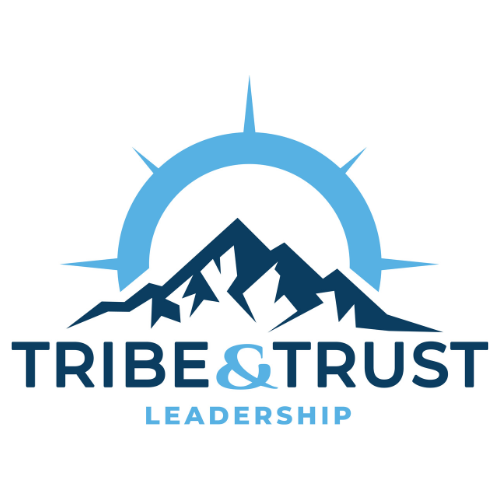Mid-Year 2025 Leadership Trends: What Today’s Leaders Need to Know to Stay Ahead
As we have just crossed the midpoint of 2025, one thing is clear: the role of a leader has never been more complex or more critical.
In today’s fast-moving environment, leaders are being called to do more than manage. They’re expected to inspire, adapt, and guide with clarity in the face of accelerating change. From AI disruption to hybrid workforce challenges, the best leaders are those who can lead with purpose, adapt with agility, and stay deeply connected to the people they serve.
Here’s a look at the top leadership trends shaping the second half of 2025 and what they mean for the future of work.
1. Strategic Leadership Meets Agile Execution
Strategic clarity is no longer optional. Leaders must align their goals, leadership style, and culture with a long-term vision while remaining responsive to short-term market shifts.
This calls for an agile mindset—one that embraces flexibility, makes quick, informed decisions, and adjusts in real time. According to Leadership Challenge, strong communication and effective change management strategies are essential to minimize disruption and keep teams focused.
What it means for leaders: It’s not enough to have a strategy. You need to make it actionable for your team every day, while staying ready to pivot when the moment demands it.
2. The Rise of Human-Centered Leadership
Technology may be accelerating, but leadership in 2025 is deeply rooted in human connection.
Building authentic relationships with employees is now a core competency. Trust, empathy, and vulnerability play a vital role—especially as teams navigate hybrid work and the rise of AI.
Emotional intelligence is among the most sought-after skills. Great leaders manage their own reactions and understand the emotional pulse of their teams.
Inclusive leadership is also essential. When employees feel psychologically safe, valued, and included, performance improves and turnover drops.
What it means for leaders: Your ability to connect on a personal level is your greatest strength.
3. AI Isn’t the Enemy—It’s the Catalyst
AI is no longer a distant concept. It’s here, and leaders who can integrate AI into human systems will outperform those who resist it.
Being tech-savvy doesn’t require coding skills. But it does mean asking better questions, understanding the possibilities, and using AI to improve outcomes.
Leaders are also creating cultures of continuous learning, encouraging curiosity and adaptability in the face of evolving technology.
What it means for leaders: AI won’t replace you. But a leader who knows how to work with AI might.
4. Navigating the Hybrid Reality
Managing a hybrid workforce remains one of the biggest challenges for leaders in 2025.
The logistics are only part of the equation. The bigger question is cultural. How do you maintain connection and collaboration when your team isn’t always in the same space?
The most successful leaders create intentional touchpoints—moments of in-person interaction that build trust—while ensuring remote team members feel included and heard. The goal is to strike the right balance between flexibility and togetherness.
As Stewart Leadership notes, getting this right is essential for productivity, satisfaction, and long-term retention.
What it means for leaders: Culture doesn’t live in the office. It lives in your leadership, wherever your team works.
5. Well-Being Is a Leadership Priority
Leaders in 2025 are recognizing that burnout isn’t just a personal problem. It’s an organizational challenge—and one that demands leadership attention.
The focus has shifted toward building resilient teams and prioritizing employee well-being as a strategic investment. This is especially true for frontline managers, who often bear the weight of both leadership and execution.
People are also seeking more than just a paycheck. They want purpose and growth. Companies that provide both are winning the talent war.
According to DDI World, organizations that prioritize well-being see stronger engagement, lower turnover, and better results.
What it means for leaders: If your people are burned out or disengaged, performance will suffer. Well-being is the foundation that everything else is built on.
The Bottom Line: Leadership Is Evolving Fast
The second half of 2025 requires more from leaders than ever. But it also offers more opportunity.
This is your chance to lead with clarity, connect with empathy, and grow with courage. Whether you’re leading a five-person team or a national organization, the leaders who thrive will be the ones who listen closely, learn quickly, and stay focused on what matters most.
Want to develop the kind of leadership that’s built for what’s next?
Our Rising Leaders Development Course was built for the real world—on the floor, in the moment, and on the move. Let’s talk.
